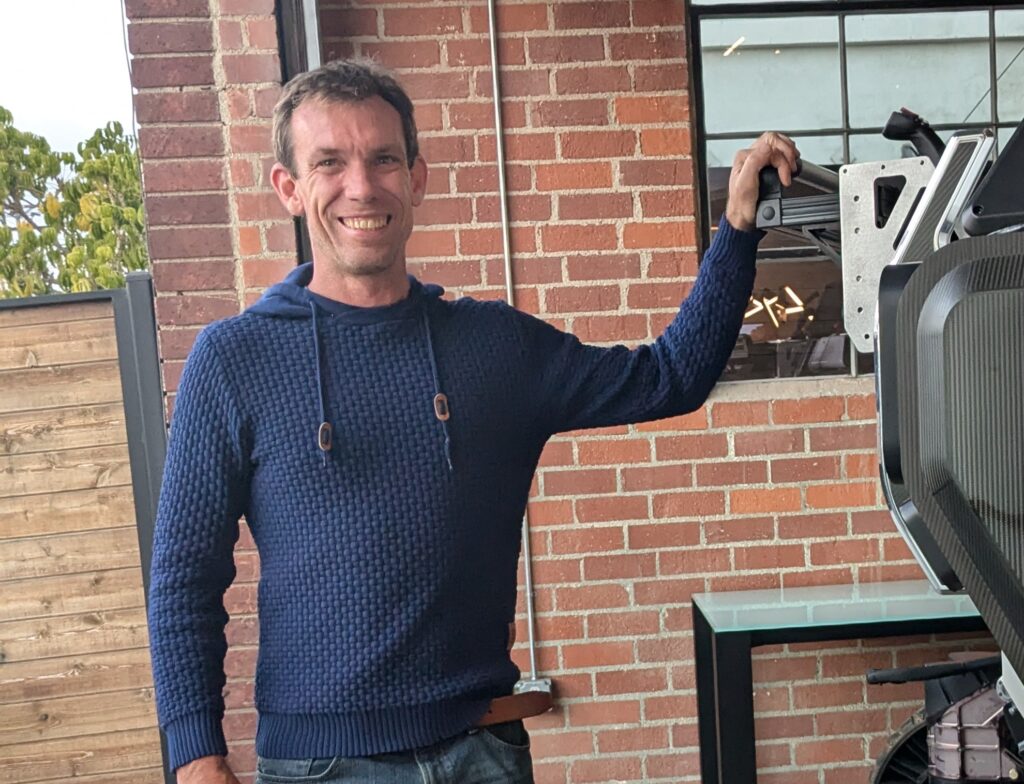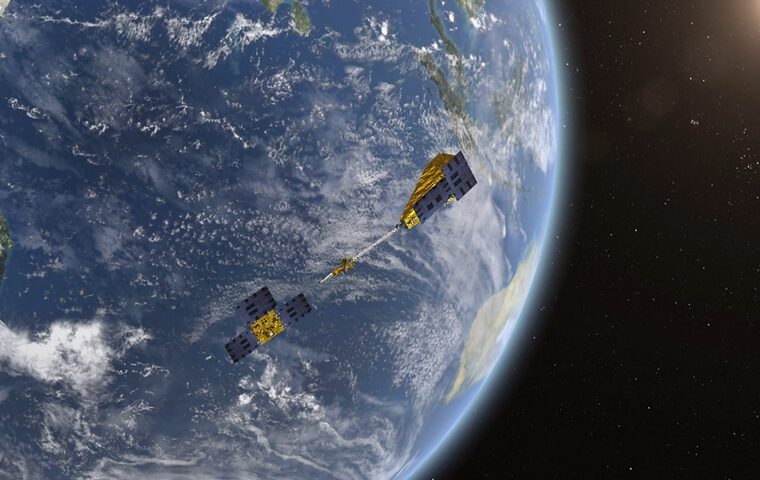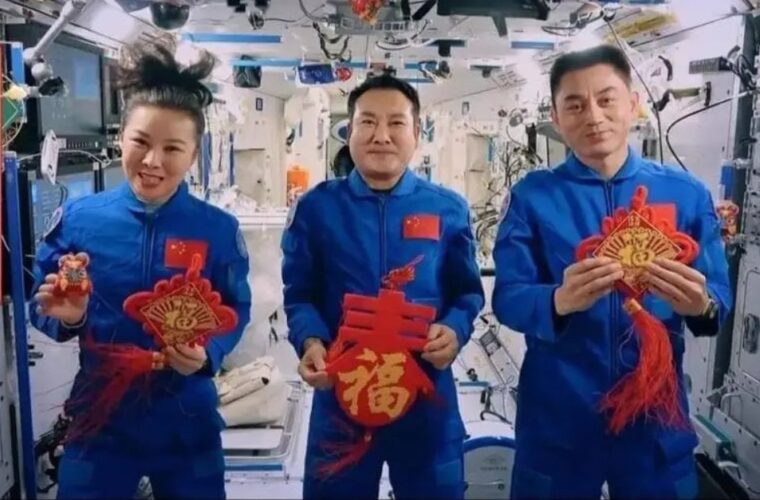From Earth to the Cosmos: LifeShip’s mission to send DNA into Space
Could you tell us about the inspiration behind LifeShip? What initially sparked the idea to send DNA to space?
LifeShip was inspired by a desire to preserve Earth while expanding life and humanity into space. The idea came to me in the Central American rainforest, where, in meditation, I saw and felt the Earth as one interconnected organism, ready to “reproduce” and spread life beyond our world. LifeShip became a way for everyone to contribute to humanity’s future in space—starting with preserving DNA, stories, art, and memories as a collective legacy. We’re building a society to carry life and humanity’s story outward, creating a unifying vision that respects and preserves all life.
How does LifeShip’s mission align with broader goals for humanity’s future in space?
LifeShip envisions a future where humanity becomes a multi-planetary species, carrying Earth’s legacy into space. We dream of humans populating the solar system and extending life across the galaxy. By sending monuments to the Moon and beyond, we are building a legacy archive of Earth’s biodiversity and knowledge. What if we lead our space migration with a spirit of life, love, and culture? We are building towards creating a temple on the Moon as a uniting monument for all life—a symbol of resilience and our connection to Earth.
Could you explain the process of collecting, preserving, and launching DNA samples?
We collect DNA with care and respect, encapsulating it in monuments designed for space. Alongside personal stories, art, and knowledge, these DNA samples form an eternal backup of Earth’s life. We also preserve plant seeds in a bio vault, capturing Earth’s biodiversity. When launched, these monuments serve as both artistic and scientific vessels, carrying the hopes and dreams of those who believe in a shared future.
What challenges does LifeShip face in safely sending human DNA to space?
DNA preservation in space is challenging, given the extreme conditions of radiation and temperature swings. We continuously improve our storage methods and materials. We save biological samples and are also using Cerabyte’s ceramic digital storage, which can last a billion years. We are taking an agile approach and improving storage technologies with each mission. We are working towards long-term storage that can contribute to future interstellar missions and build a lasting legacy for humanity.

What is your stance on the implications of preserving life in such a way for future extraterrestrial encounters or discoveries?
Preserving life on this scale creates a monumental message—a backup of Earth’s life and knowledge for the future. If intelligent life were to discover these monuments, it would offer a glimpse into humanity and Earth’s diversity. Imagine discovering a similar archive from another civilisation; it would be historic. Beyond extraterrestrial discovery, this project speaks to future generations, symbolising continuity and unity and sharing the blueprint of life today and a message from humanity for the future.
How does LifeShip see itself contributing to humanity’s collective heritage?
LifeShip serves as a steward of Earth’s legacy, preserving DNA, knowledge, and culture in a series of monuments. We are creating a platform for people, communities, and organizations to contribute to a shared story from Earth. Through these missions, we are creating a collective of communities and individuals that could contribute to creating a uniting Temple on the Moon and, ultimately, a community and society of humans to populate space.
What are the next steps for LifeShip in terms of both technological advancements and public outreach?
Our upcoming Moon and Deep Space launches mark pivotal steps toward establishing a lasting presence for humanity’s memory and genetic blueprint in space. Over 100,000 people have already contributed to these missions. We’re launching an ambassador program, collaborative projects, and a decentralized community to expand involvement. LifeShip.com is a portal where people can add their email, names, DNA, or art to our collective missions. Get in touch if you want to be involved more deeply. Join us in building a unifying monument for Earth—a shared legacy that preserves life connects communities and inspires humanity’s journey into the stars.



